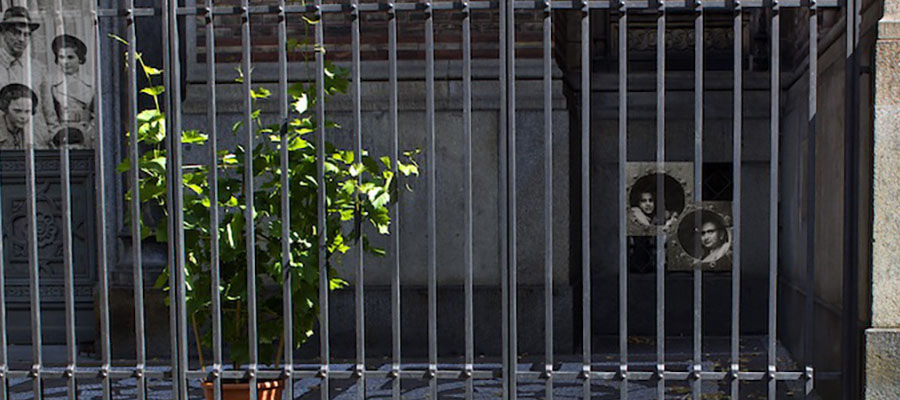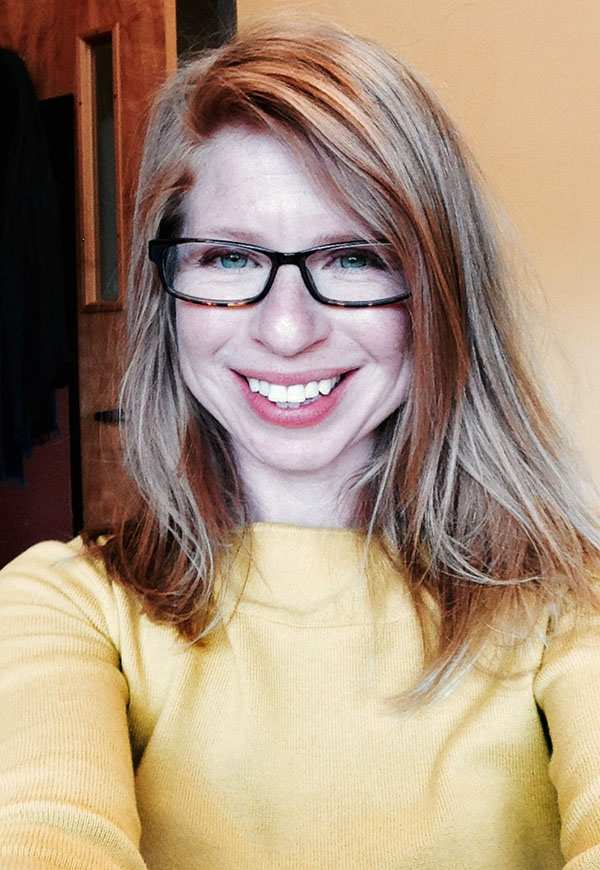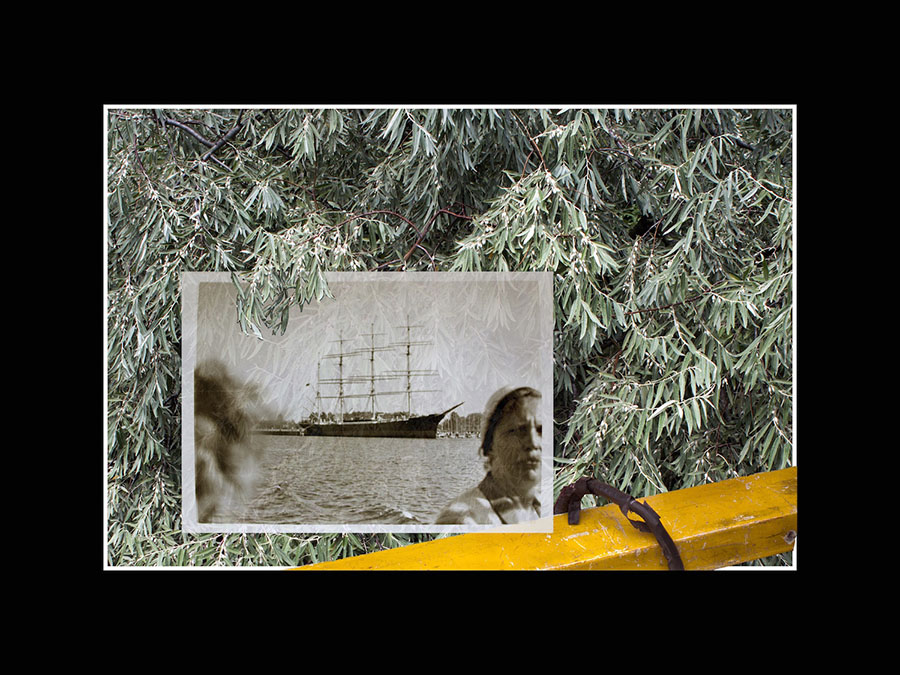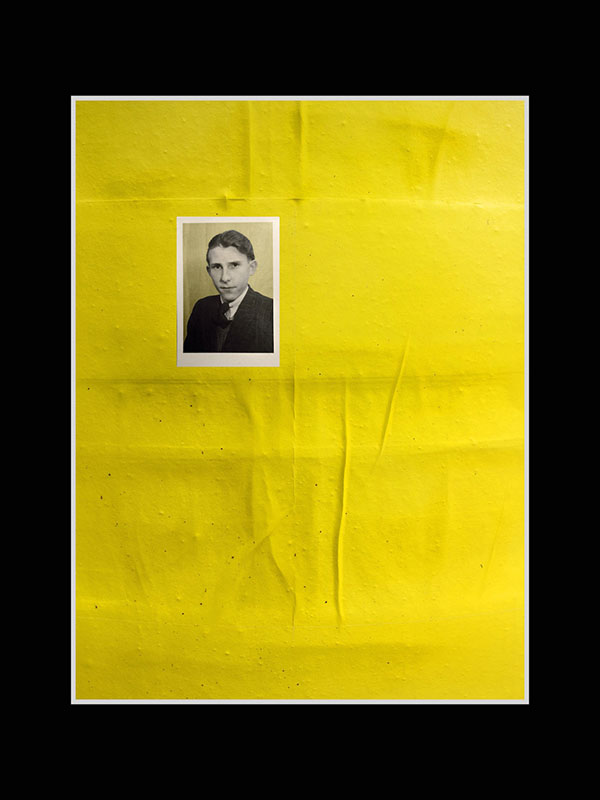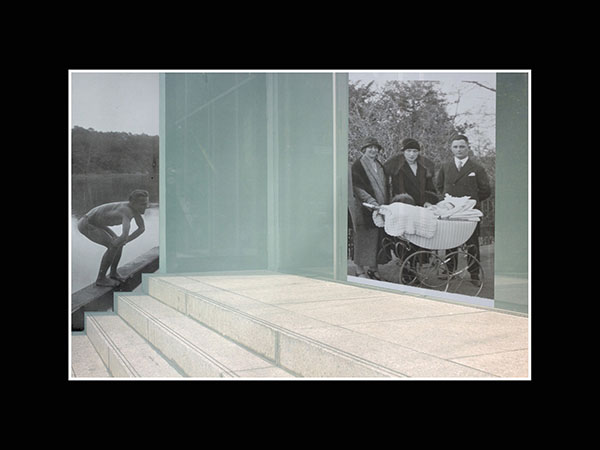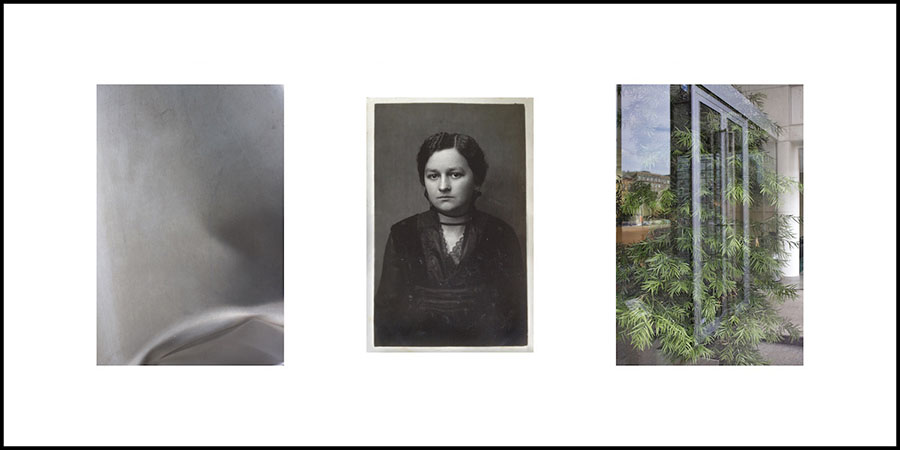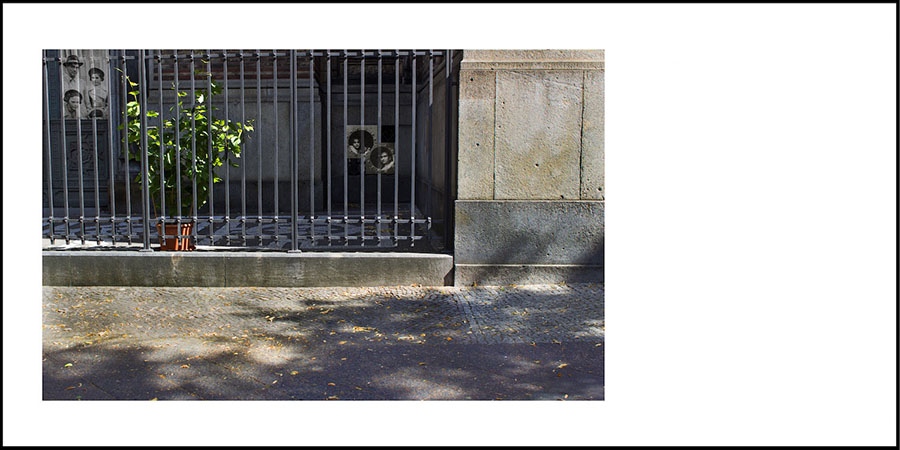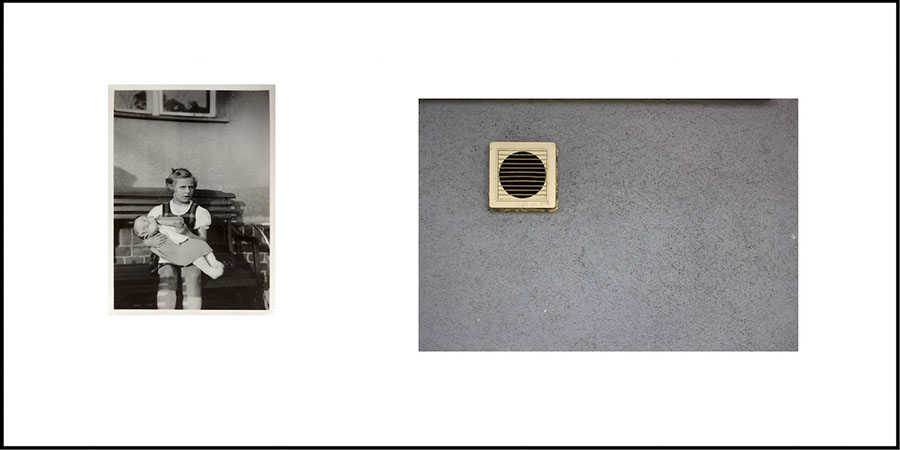BOONE, N.C. — Ann Pegelow Kaplan, assistant professor in the Department of Cultural, Gender, and Global Studies at Appalachian State University, compares the present to the past in her artistic work and seeks to help viewers excavate their own personal connections.
“In a growing and changing world population, making connections between individual and global context is key,” she said. “I hope others will remember their own family’s connection to immigration through my work.”
Kaplan teaches and researches across written and visual mediums as an interdisciplinary scholar who both makes and analyzes photography. Recently, Kaplan presented a project that took form last summer to Appalachian’s Humanities Council in a presentation titled “Passage/s: Lost & Found Photography, Refugee Crises, and Privilege.”
While doing research in Berlin, Germany, Kaplan witnessed refugee families migrating due to crises in their home countries and was reminded of her ancestors’ histories. So, she looked for a way to convey the contemporary struggle and its connection to her own family’s story.
A Jewish-American, Kaplan relates her family story of great-grandparents leaving Europe for the United States. She also had relatives who remained in Europe and ultimately perished in the Holocaust. While her great-grandparents immigrated to the United States and other family members moved to Palestine, many others did not escape and were murdered in Nazi-occupied Europe.
Kaplan connects her interdisciplinary research to her scientist father and artistic grandmother. “Perhaps this is where my desire to connect factual data to creative expression comes from,” said Kaplan. “My work is unusual in academe, as I work in both written and visual mediums.” With graduate degrees in photography and folklore/ethnography, she has crafted her own interdisciplinary background.
In Berlin, Kaplan saw firsthand elements of the current immigration crisis that is impacting the world. Just as Jewish people fled turmoil in the 1930s and ’40s, Syrians are now fleeing extreme danger. And just as in the past, refugee crises are affecting more than one population. Nations have had alternating reactions, with some refugees seeking shelter while others are being turned away. Her work tells the narrative of these two stories unfolding before her in a visual juxtaposition.
While in Berlin, Kaplan spent time searching antique stores, flea markets and archives to find images to use in her work. She looked for historic images, particularly from the 1930s and ’40s, to humanize the present through the past. Kaplan juxtaposed these historical images with her own, new photographs, creating composite photos that suggest multiple stories. She feels that using these “lost and found” images asks the viewer to question which crisis they are confronting and how these realities are connected.
Typically, Kaplan does not title her works beyond a simple word or phrase, but in “Passage/s,” she incorporated the names of the neighborhoods in Berlin where she made the photographs and which are associated with multiple historical and contemporary persecuted communities.
Her objective, she said, is to create a point of entry for the audience – to ask viewers to consider issues of power, struggle and one another’s humanity. She further explained the deep relevance of the arts and the humanities in relating to the issues of our time: “The arts and the humanities give us the opportunity to consider multiple perspectives and cultivate empathy.”
View her works
What do you think?
Share your feedback on this story.
About the Department of Interdisciplinary Studies
The Department of Interdisciplinary Studies offers graduate and undergraduate degrees in four program areas: Appalachian studies; gender, women’s and sexuality studies; global studies; and interdisciplinary studies. The department is also home to Watauga Residential College, an interdisciplinary, alternative general education program. The department promotes creative and imaginative engagement through a cross-disciplinary investigation of complex systems and problems. Learn more at https://interdisciplinary.appstate.edu.
About the College of Arts and Sciences
The College of Arts and Sciences (CAS) at Appalachian State University is home to 17 academic departments, two centers and one residential college. These units span the humanities and the social, mathematical and natural sciences. CAS aims to develop a distinctive identity built upon our university's strengths, traditions and locations. The college’s values lie not only in service to the university and local community, but through inspiring, training, educating and sustaining the development of its students as global citizens. More than 6,800 student majors are enrolled in the college. As the college is also largely responsible for implementing App State’s general education curriculum, it is heavily involved in the education of all students at the university, including those pursuing majors in other colleges. Learn more at https://cas.appstate.edu.
About Appalachian State University
As a premier public institution, Appalachian State University prepares students to lead purposeful lives. App State is one of 17 campuses in the University of North Carolina System, with a national reputation for innovative teaching and opening access to a high-quality, cost-effective education. The university enrolls more than 21,000 students, has a low student-to-faculty ratio and offers more than 150 undergraduate and 80 graduate majors at its Boone and Hickory campuses and through App State Online. Learn more at https://www.appstate.edu.
